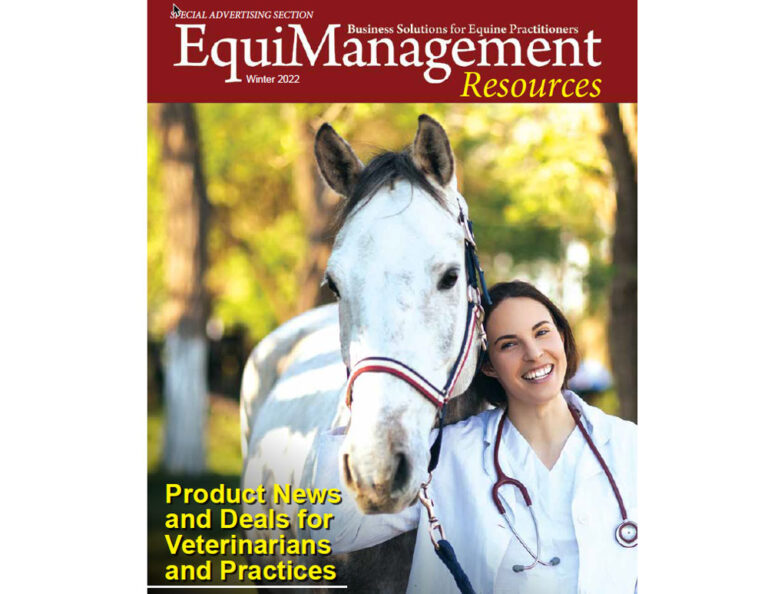
This study from the Marion duPont Scott Equine Medical Center aimed to identify risk factors associated with post‐operative complications in foals undergoing umbilical remnant resection and to report the short‐term outcomes.
The article is titled, “Short‐term outcome and risk factors for post‐operative complications following umbilical resection in 82 foals (2004–2016).” It was published in the Equine Veterinary Journal. The authors of this study were L. Reig Cordina, S.R. Were and J.A. Brown.
Foals that underwent umbilical remnant resection to treat infection, patent urachus or a combination of the two between 2004 and 2016 were included in the study. A total of 82 foals met the inclusion criteria with a mean age of 13 days at the time of surgery. Forty‐two foals (51.2%) underwent surgery due to infection, 20 (24.4%) due to patent urachus and 20 (24.4%) had both. Concurrent diseases were present in 50 foals (60.6%) prior to surgery, 20 of which had multiple concurrent conditions, with diarrhea (n = 19) and septic arthritis and/or physitis (n = 19) being the most common.
Seventy‐three (89%) foals survived to discharge. Concurrent septic arthritis and/or physitis were the only predictors of non-survival. Thirty‐two foals (39%) had post‐operative complications, with anesthesia time and failure of passive transfer (FPT) being significant risk factors.
Bottom line: Failure of passive transfer and longer anesthesia times were associated with increased odds for post‐operative complications. Short‐term survival of foals undergoing surgical excision of umbilical remnants is favorable, but the procedure can be adversely affected by concurrent septic arthritis and/or physitis.








